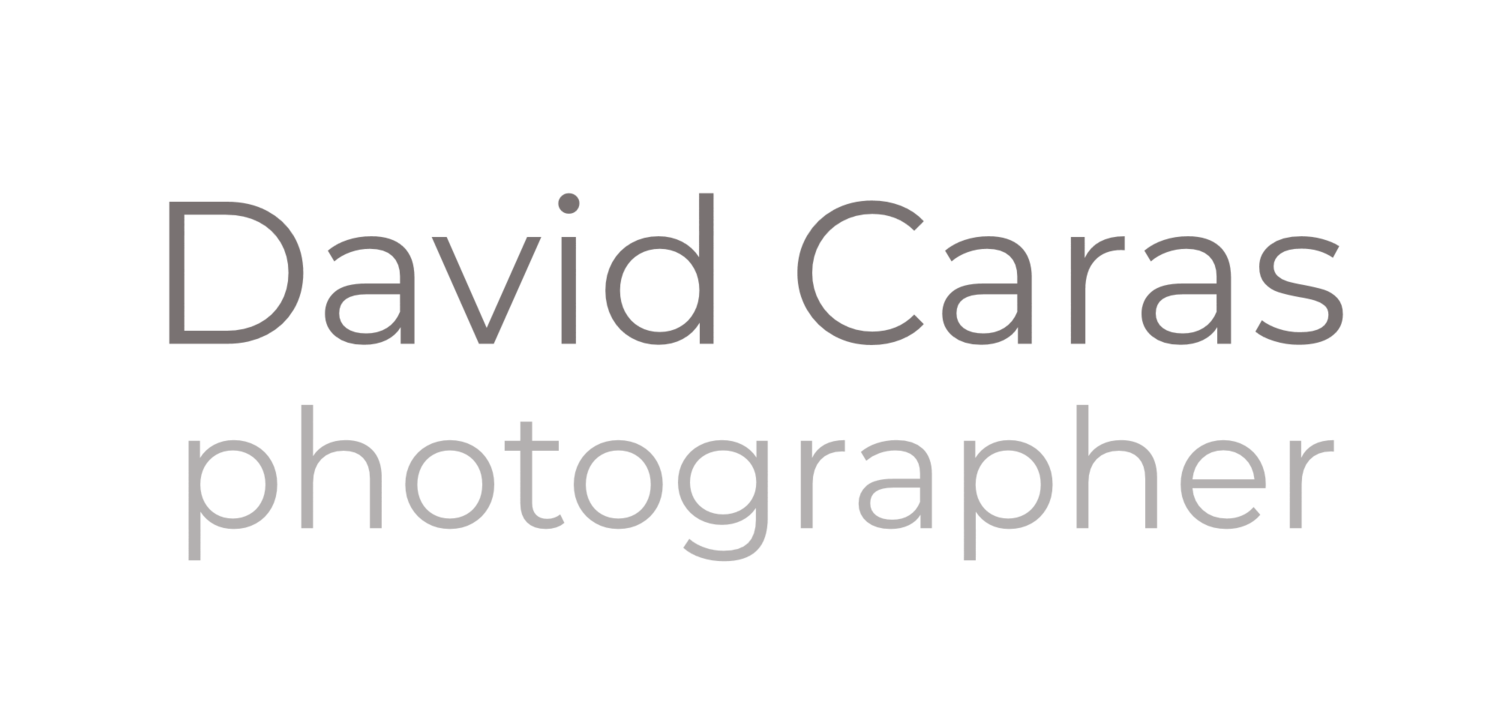David Caras, left, with mentor Harold Feinstein
On Photography.
1975 is the year that photography found me. It was a time in my life that I was still searching for a focus. By sheer coincidence I met photographer Harold Feinstein, who was teaching at a small liberal arts college in Vermont. Within minutes of conversing with him I found myself thinking about how communications through the lens of a camera made so much more sense to me. From Harold and his infectious love of life, I learned that I could use the camera as a tool, taking pictures being the strongest language that I could speak. To this day, it is a passion that continues to fulfill me, the visual language providing me with my truest voice.
On Technology.
A handful of people can point their camera in the same direction and the results would be a handful of different images created, all different perspectives, some better than others. I don't view that as a bad thing, just a result of technology available to us. Clearly some are better than others, the eye of an artist is a real thing, and having the tools so readily available for anyone to find their creative potential can only be good.
On Portraits.
I look at the auto and facade series as portraits in their own right and feel the lack of people in them enhances the quiet stillness of the images. I approach the series of cars and facades as if they are posing for me. I consider the cars as formal portraits, profiles of an object, each one almost human in its elegant presence.
- Excerpt from conversation between David Caras and Mark Feeney for Art News
On Life.
David Caras lives in Portland, Maine with his artist wife Nancy Wagner, and their Portuguese water dog, Ella. They have two beautiful daughters and three exceptionally bright, beautiful , creative and loving grandchildren who are still too young to be embarrassed by their Pop's love.

